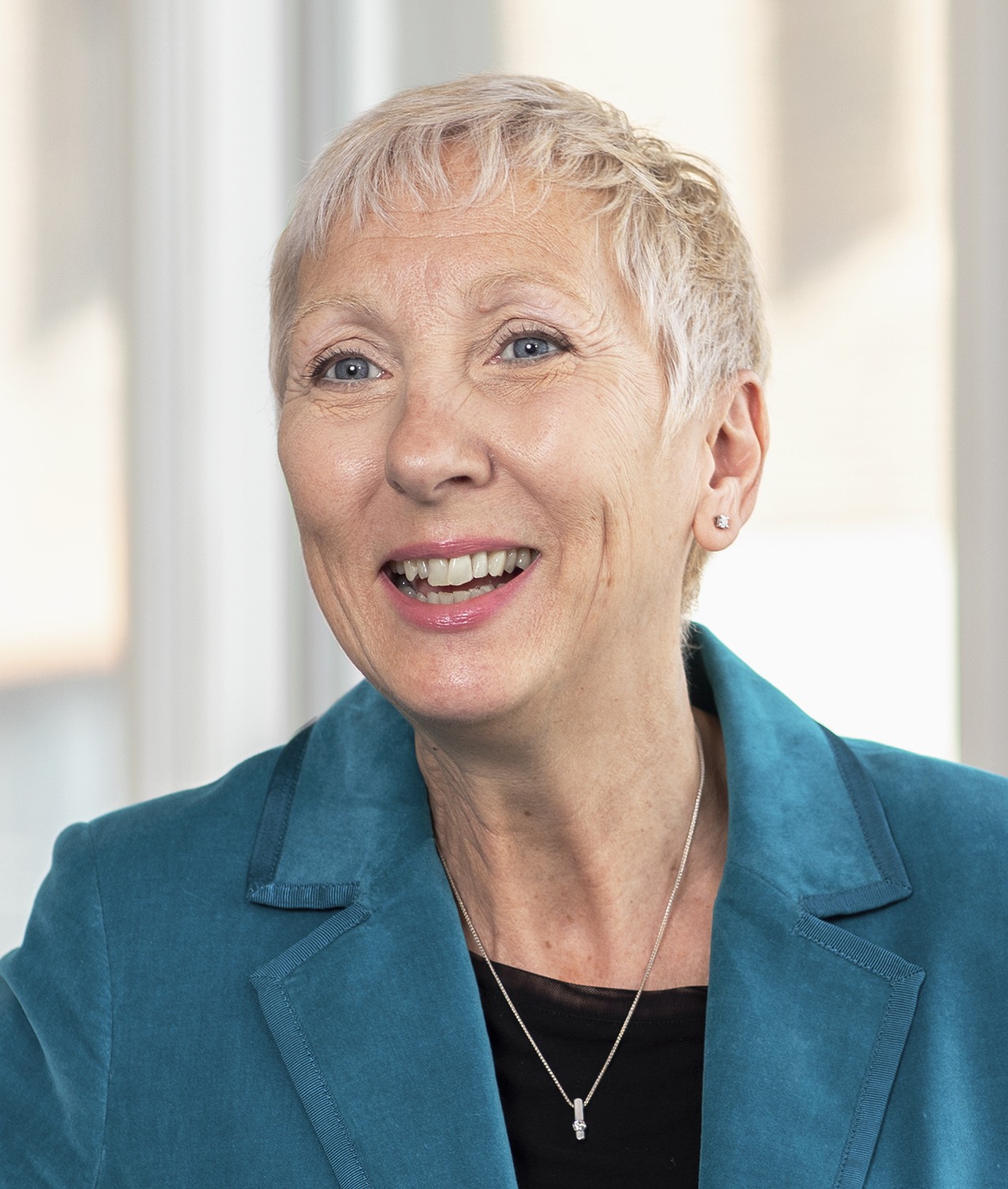This month saw NS&I announcing the green bond, a new government-backed product where people’s savings support public investment into green projects and companies.
The launch of the bond comes amidst a wider strategic shift for NS&I towards focusing on winning younger customers called ‘Inspire and Invest’, explains Jill Waters, Retail Director.
“Our customers are generally older and we’re seen as an organisation for older people. As part of the sustainability of the organisation, we’ve recognised as older customers leave us one way or the other they have to be replaced by younger customers.”
There were multiple components to this, as Jill says that the new target group may not have the same level of financial education as older counterparts.

One tactic has been making it more secure and easier for customers to deal digitally, as “younger customers will only work in the digital space”.
In addition, since 2019, it has been possible for any adult to buy a premium bond for a child, while the entry level has been reduced to £25 to make it easier to gift them.
“This gives [children] a step into the savings world,” explains Jill. Last year, she says, there were about 11,000 customers under 16.
NS&I has also worked with HMRC to create the Help To Save account, for customers that don’t have huge amounts of funds.
“The goal is for everybody to save with confidence,” explains Jill.
She calls the green bonds, created at the request of the government, as a “natural next step”. The three-year bond has a minimum deposit of £100 to keep the barriers for entry low, with the money potentially funding investments in cleaner transport, carbon capture and wind or hydro farms.
These are particularly appealing to younger customers, she says, who have a “really strong view on sustainability and social conscience.” For them, the green aspect of the bond tends to be the main appeal, while the older cohort of customers tend to scrutinise it primarily in terms of its value as a savings vehicle.
The pandemic and resultant restrictions has created a new group of savers amongst those who have retained their jobs but seen outgoings on travel and leisure fall significantly. These savers face a number of choices of what to do with their money, especially with the runaway popularity of cryptocurrency and the rise of digital investment platforms such as FreeTrade.
Jill doesn’t see traditional savings as competing with these options however, arguing that “savings will always have a place in a portfolio” as “rainy day money”, offering security against unexpected costs.
However, she acknowledges that it doesn’t have the same appeal as some more glamorous investment vehicles.
“Saving is boring for most customers unless you have a goal in mind, such as a holiday. If you’re going to save for something the product in itself is not interesting, it’s about what it does for you.”
In terms of marketing strategy, to win people over to saving require a sense of “storytelling”, Jill says.
“It is removing the myths and perceived blocks in investing in something,” she says. The key is that as well as potentially have a positive impact on the environment the person will have easy access to their money when the bond expires.
In terms of advertising channels for the green bonds, Jill says the campaign will not focus on postal advertising, except with some vulnerable or digitally excluded customers. Jill cites the usual channels of social media, digital and out-of-home, with email “probably” featuring. There will be a conscious effort to demonstrate green credentials as an organisation by working with agencies that have signed up to Ad Net Zero, a UK initiative which seeks to bring down carbon emissions in advertising.
While the campaign will not use TV, Jill says there will also be an effort to use podcast and radio due to the complexity of the product: it requires customers understanding both what the financial product is and what the sustainability outcomes will be. Podcasts, she says, are listened to by everybody, but they also have a heavy listening audience in over-55s, with an average listening time of six hours a week.
“You can start to really build a story and give a lot of information which is wider than the product itself but informs the customer about green.
“Radio is a really good mechanism for getting messages out there. It’s on in the background while people are doing something else so it reaches a different part of their mind.”
The messaging used won’t differ hugely across NS&I’s different target markets. For example, communication targeted at younger consumers might emphasise more the green side of things.
She argues that the applicability of “green” is wider than just younger customers.
“Older people might not consider themselves green, but they have the war mentality of make do and mend and energy efficiency.”
This means “using language that connects with what they are already doing.”

